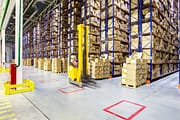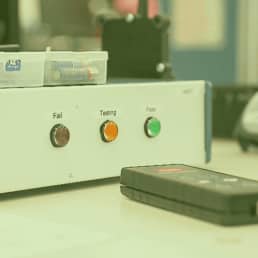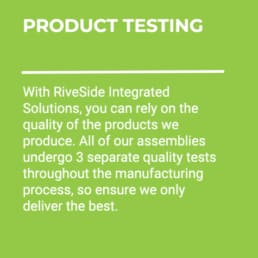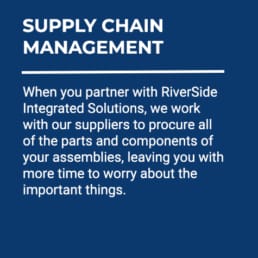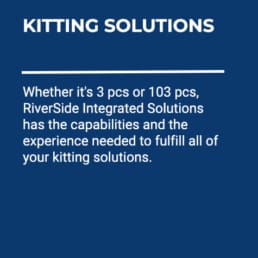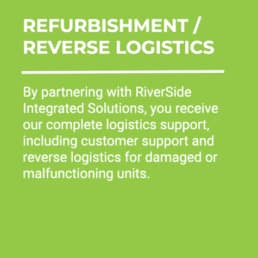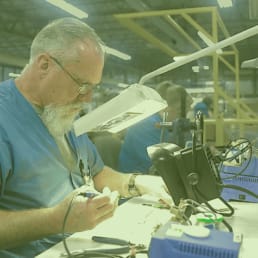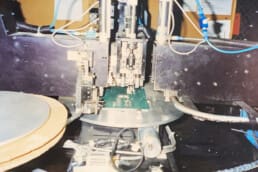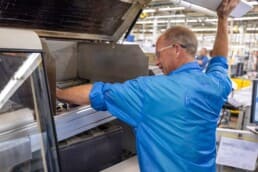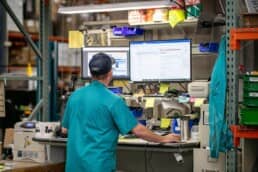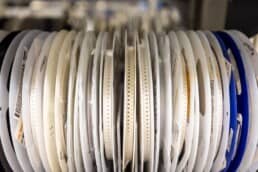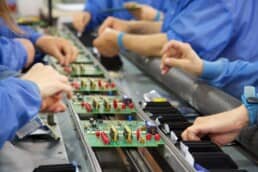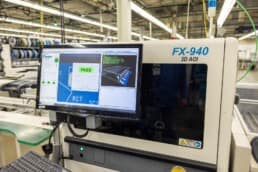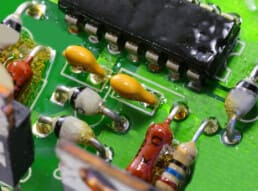The On-Shoring vs. Off-Shoring Top 4 Debate Issues
Our recent article about on-shoring trends listed several reasons why original equipment manufacturers (OEMs) should on-shore their manufacturing. To recap:
- The wage gap between overseas factory workers and domestic ones is shrinking
- A “Made in the USA” label can be a competitive advantage for a product
- Shorter supply chains are more agile and easier to keep flowing smoothly
- On-shoring can decrease shipping and other logistics costs
- It’s easier to ensure production quality and consistency when the factory is physically closer to an OEM
- Advanced automation and robotics have made American factories much more efficient than many cheaper foreign factories
- Legal protection of intellectual property is more robust and uniform in the US
Despite the numerous advantages, OEMs are not relocating their manufacturing operations to the United States. This trend has sparked debates among stakeholders, with varying opinions.
Is it better to keep manufacturing in the same country as the business? Or is off-shoring to countries like China better? Each approach has its pros and cons.
While on-shoring offers compelling benefits, we acknowledge the intricacies and complexities of this debate need for further discussion.
Off-Shoring: All About Cutting Costs
Undeniably, the primary reason for off-shoring production in the first place was the lower labor costs in those countries. It wasn’t sophistication, efficiency or superior goods that lured OEMs away.
Understandably, a lot of the debate centers around the issue of production costs.
ISSUE #1: DO LOWER LABOR COSTS STILL FAVOR OFF-SHORING?
Wages in countries that have benefited from outsourcing have steadily risen for years. However, those workers still make drastically less than American factory workers. Thus, at least off-shoring retains much of its allure on paper.
Proponents of on-shoring counter that off-shoring is only one way to reduce labor costs in manufacturing. There are many ways to make production more efficient and less labor-intensive. It includes increasing automation, investing in workforce training, adopting lean manufacturing practices and new fabrication technologies (like 3D printing).
And many US factories are already implementing these strategies. As a result, off-shoring labor saves less money than it may have in the past. This is simply because labor costs are a much smaller share of a product’s overall cost.
Issue #2: Foreign Labor vs. Domestic Automation
The unstated assumption behind off-shoring was that a factory laborer in Chicago is functionally equivalent to one in Chengdu. This is a naive assumption at best.
However, a robot in Chengdu can perform the same job as an equivalent one in Chicago. Furthermore, that robot will cost less to run, won’t demand a raise and won’t ask for benefits.
Suppose all those benefits can be realized within the US. Why, then, is the primary concern for production location labor costs? Why move the work to Chengdu in the first place?
Issue #3: The Collaborative Benefits of On-Shoring
Finally, here’s one key insight buried in the article from The Atlantic we cited. Once previously off-shored products are brought back in front of US-based workers, they are finding improvements.
Engineers and designers save much more money in the long run than off-shoring ever did. That’s how GE cut 20% out of the retail price of the GeoSpring water heater by on-shoring its production.
ISSUE #4: DOES ON-SHORING ENJOY A HOME COURT ADVANTAGE?
Is a “Made in America” label a guarantee of domestic production? Not quite. With modern supply chains crossing multiple borders multiple times, the “making” of a finished product is more complicated than a single process.
For instance, an actuator assembly may have electronic components made in an Asian semiconductor fab. At the same time, a PCB assembler in California assembled the board. The motor may be made by a maquiladora in Mexico, with the copper for its magnetic coils sourced from an American copper mine.
Some argue that on-shoring doesn’t guarantee that “Made in America” means much anyway. Overseas productions may still do the final assembly and testing.
However, domestic contract manufacturers can be more closely monitored and audited by their customers. This makes on-shored production preferable to off-shoring. Moreover, crucial inspection and testing steps occur during final assembly and packaging, which contract manufacturers usually perform. It’s essential to ensure that personnel have the tools they need for the job, and there’s real value in stating that a product is “Made in America.”
NAVIGATING THE SHIFTING LANDSCAPE
The on-shoring vs. off-shoring debate in manufacturing is complex and evolving. While on-shoring offers many advantages, off-shoring remains attractive due to lower labor costs abroad.
However, the manufacturing landscape is changing. Automation and technological advancements are reducing the cost gap between on-shoring and off-shoring. The efficiency of automation is challenging the assumption that all labor is equal.
On-shoring encourages collaboration, leading to innovation and long-term cost savings. The “Made in America” label may not always reveal a product’s entire journey during manufacturing. But it signifies a commitment to quality and reliability.
The best choice for your manufacturing needs may sometimes be unclear in this ongoing debate. But one thing is sure: the manufacturing industry continues to adapt to new challenges and opportunities.
About RiverSide Integrated Solutions
RIS is an advanced contract manufacturer providing robust solutions in circuit board assembly and product assembly. We employ more than 350 people and provide services to OEMs worldwide. We operate two state-of-the-art manufacturing facilities within the US.
With all of the choices in contract manufacturers out there, we know it can be challenging to find someone who understands your business model and has your best intentions in mind. RIS has always proven to be a win-win-focused relationship.
As your one-stop shop, we have the capabilities, capacity, quality assurance standards and resources to support all of your manufacturing needs. We understand that supply chain management is complex and very time-consuming, so we urge our customers to utilize us in the fullest capacity.
Our total-package solutions include:
- Extensive supply-chain network
- Full box-build assembly
- Dedicated Program Team
- Warehousing, kitting and drop-shipping capabilities
- Reverse logistics
- Flexible order fulfillment
- Scalability to meet your needs
Contact us today at (507) 523-3220 to see how we can help with your manufacturing project, or click contact us for a quote.
